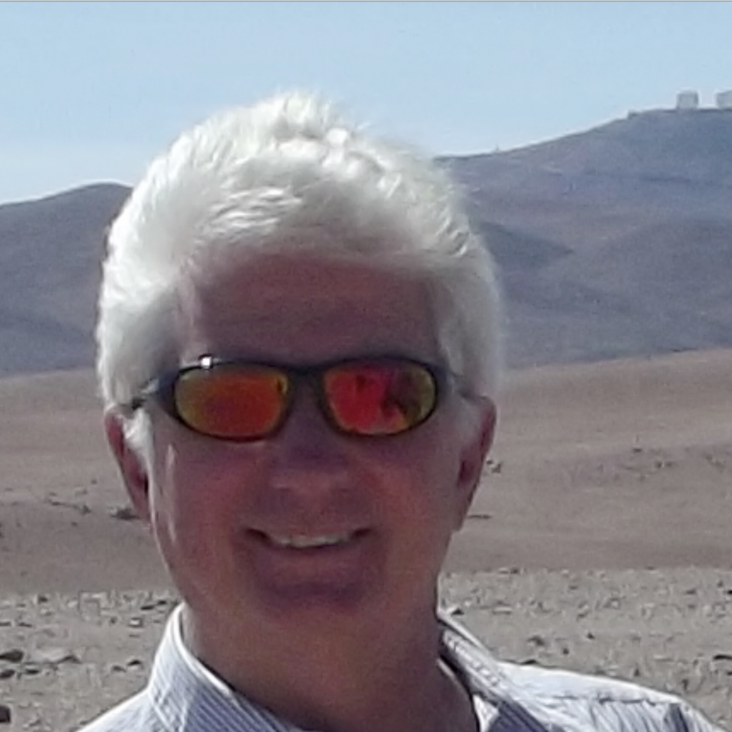AN ATLAS OF MIDINFRARED SPECTRA OF GALAXY NUCLEI
MONTHLY NOTICES OF THE ROYAL ASTRONOMICAL SOCIETY 248:4 (1991) 606-629
MULTIFREQUENCY OBSERVATIONS OF BL LACERTAE IN 1988
ASTROPHYSICAL JOURNAL 382:2 (1991) 508-514
SILICON MONOXIDE IN SUPERNOVA-1987A
MONTHLY NOTICES OF THE ROYAL ASTRONOMICAL SOCIETY 252:2 (1991) P39-P42
SUBMILLIMETER EMISSION AND THE DUST CONTENT OF COMPACT H-II REGIONS
MONTHLY NOTICES OF THE ROYAL ASTRONOMICAL SOCIETY 251:4 (1991) 584-599
THE STRUCTURE OF THE NARROW EMISSION BANDS NEAR 10-MU-M
MONTHLY NOTICES OF THE ROYAL ASTRONOMICAL SOCIETY 252:2 (1991) 282-287


